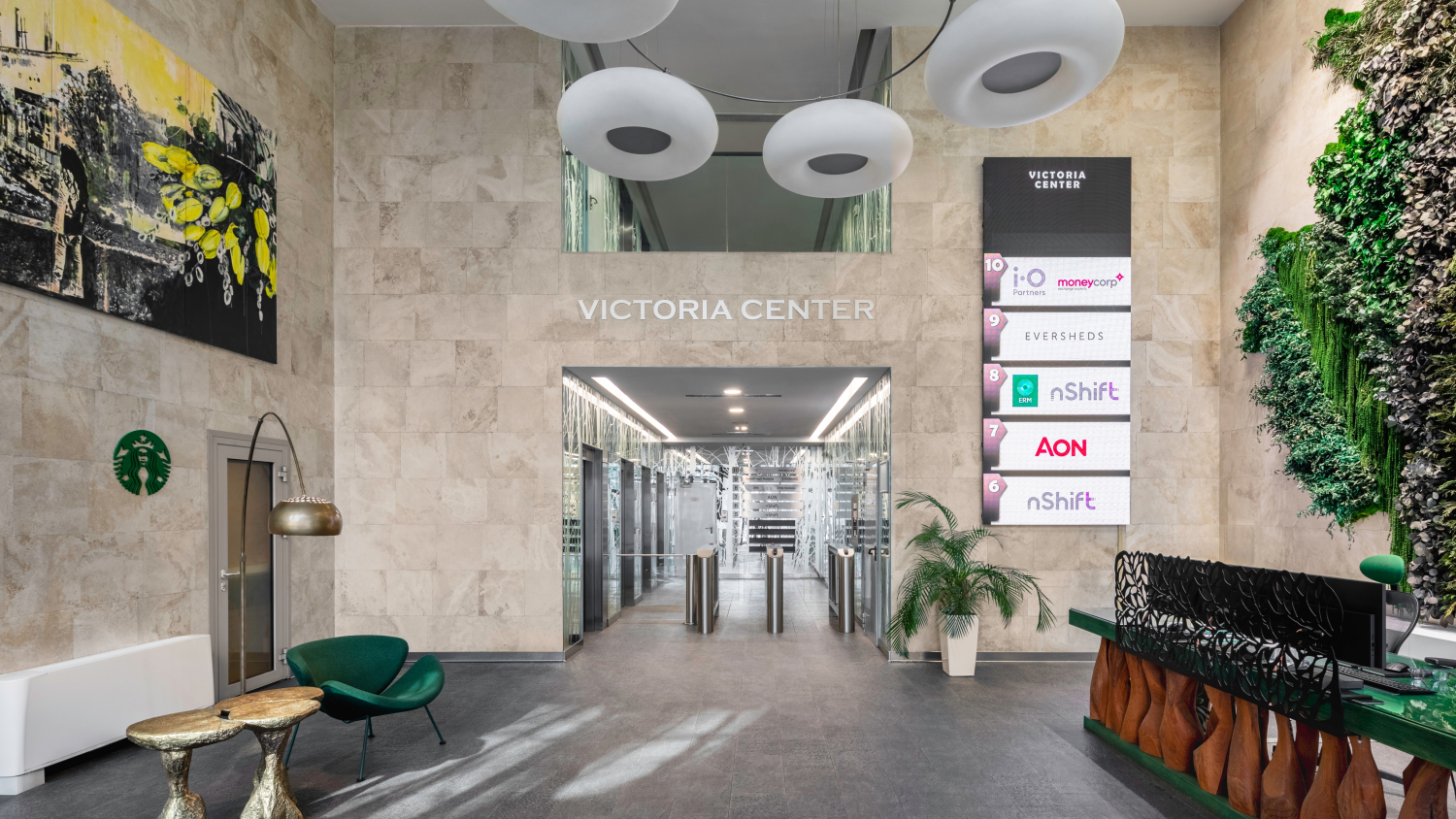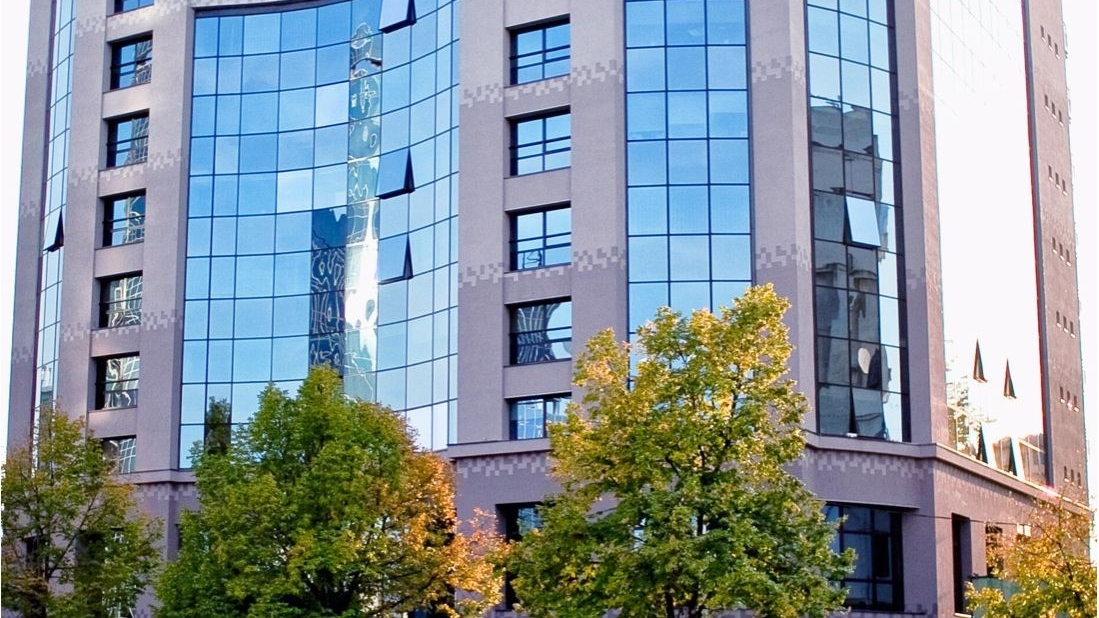Investing on such a scale in transport infrastructure is expected to drive urban development in southern Bucharest, following the successful model seen with all metro lines delivered in the last 34 years (including extending the M3 line to Theodor Pallady, expanding the M4 line in Bucureștii Noi, developing the M5 line in Drumul Taberei, and, more recently, starting construction on the M6 line to Otopeni Airport). For instance, the anticipation of a new metro line to the airport has already attracted real estate investments totaling at least €300 million, reshaping the urban landscape of the Expoziției area entirely.
The expansion of the subway network has had a significant impact on stimulating urban regeneration, particularly in the eastern area. Consequently, the development of the Pallady area, formerly a major industrial hub, has been accelerated by the extension of the M3 subway line. This has attracted significant investments, resulting in the establishment of large shopping centers covering around 120,000 sqm and the construction of new residential complexes totaling over 8,000 units.
Currently, the faster infrastructure development in the north is creating disparities compared to southern Bucharest, even though the south area also holds substantial development potential, with densely populated residential neighborhoods. This gap generates heavy traffic congestion from the mostly residential south to the office-centric north. Consequently, housing prices reflect this imbalance, with differences reaching up to 120%.
The extension of the M4 metro line is set to have a significant impact on urban regeneration in southern Bucharest and narrow the economic gap with the north.
“Slowly but surely, the southern area is emerging as a zone with considerable development potential, playing an increasingly vital role in the Capital's economic expansion. Certainly, we can expect to see a rise in the quality of real estate projects initiated in this region in the years ahead, along with a broader range of investors", commented Andreea Hamza, Senior Director at iO Partners Romania.
What investments could the south of Bucharest attract thanks to the new subway line
iO Partners conducted a brief analysis of the objectives currently situated along the proposed route of the future metro line and estimated potential investments that could be attracted, contributing to the revitalization of the area.
As such, within a 600-meter radius of the future subway stations (approximately a 5-minute walk), we estimate a population of around 125,000 residents living in roughly 47,000 households. This area accommodates 13 modern office buildings totaling a leasable area of 190,000 square meters, along with two shopping centers covering 52,000 leasable square meters. Moreover, along the route of the M4 extension, there are at least 140 hectares of former industrial sites that could undergo a relatively rapid urban regeneration process.
In a reserved development scenario, focusing solely on these former industrial sites, nearly 30,000 apartments could potentially be built (assuming 85% of potential built area), along with approximately 200,000 square meters of office space (8% of built area), and 120,000 square meters of retail space (5% of the built area). An additional 57,000 square meters could be allocated for other community services such as schools, clinics, and recreational centers. These estimations would require investments of at least €3.5 billion. However, this represents just one potential development scenario among many, and does not account for specific plans or intentions of real estate developers.










